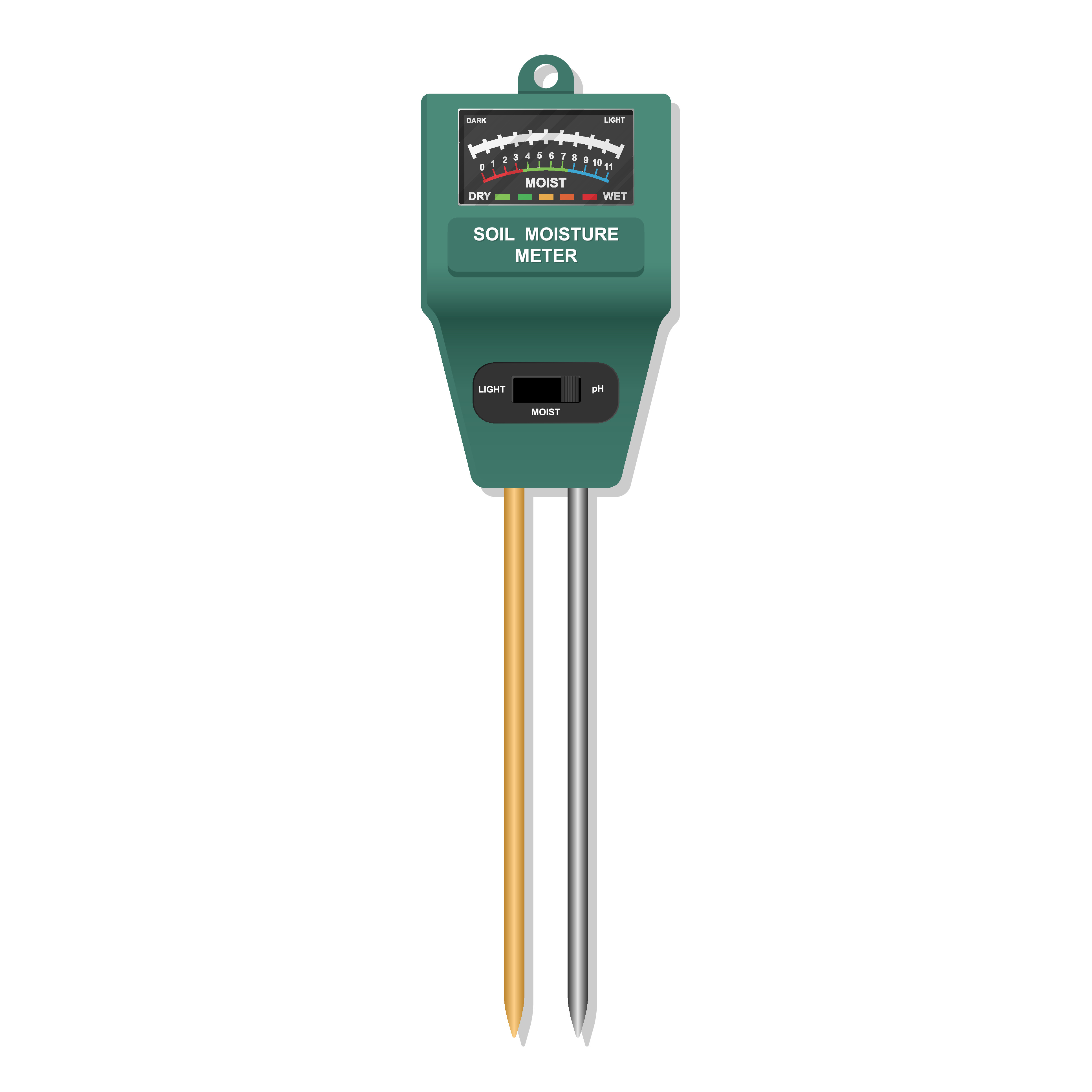Irrigators - keep an eye on soil moisture
 PRODUCTION ADVICE - AUGUST 2020 - AGRONOMY
PRODUCTION ADVICE - AUGUST 2020 - AGRONOMY
By Adrian Smith
Senior Land Services Officer Mixed Farming Systems
P: 03 5881 9932 | M: 0447 778 515 | E: adrian.smith@lls.nsw.gov.au
At the time of writing this article, there were the prospects of good rain in the immediate outlook – hopefully this has happened!
That said, the cold and frosty conditions, coupled with the lack of rain through June and July and actively growing crops and pastures, meant many producers were either looking to the heavens or irrigating following a period of supplementary water.
While a period of supplementary water can often ‘force your hand’ into irrigating, are there better ways to help decide if and when?
There are a number of things impacting soil moisture conditions:
- Rainfall.
- Soil(s) and moisture-holding capacity.
- Increasing day length and temperature, which will see an increase in plant evapo-transpiration (plant water use). As we move further into late winter and early spring, daily water use will increase significantly.
- Crops and pasture with large biomass – requiring higher water demand (and use).
- Irrigation history – particularly pre-irrigated or fully irrigated in the autumn (probably not an issue for most this autumn).
As an irrigator, you should be keeping a close eye on your soil moisture levels within the active rootzone of your crops and pastures.
You can do this by pulling out some plants, digging up some soil and feeling and observing moisture levels.
 A more objective method is to undertake some form of soil moisture monitoring and irrigation scheduling. There are four methods you could consider.
A more objective method is to undertake some form of soil moisture monitoring and irrigation scheduling. There are four methods you could consider.
- Soil moisture monitoring – probes installed in your paddocks to measure either actual or inferred soil moisture levels.
- Weather-based scheduling – using actual evapotranspiration values, coupled with crop factors, to determine crop use and how fast soil moisture is being deleted, and factoring in forecast data to determine when next to irrigate.
- Remote sensing – using satellite or remote sensing information to inform decisions around plant water use and when next to irrigate.
- Plant-based sensors – directly measuring things like sap flow, canopy temperature, and fruit and stem growth.
There are various pros and cons of the various methods – cost, installation, ease of interpretation, calibration of results, and crop and pasture type all come into play.
No matter what system you use, the key is to understand what the data is telling you and making valuable to you and your business. Information for the sake of information is time, effort and money wasted.
As we head quickly into what is shaping to be a season when we will actually have some irrigation water in the NSW Murray Valley, a few points to consider are:
- Be ready to order water. It means not only putting the water order in the system, but ensuring you have the ability to apply your water efficiently (keeping channels and outlets weed-free, ensuring your drainage systems are capable of getting water off your paddocks quickly, etc.).
- Irrigating – particularly flood irrigating – can be risky at this time of the year. However, it could also put a lot of money in your pocket come harvest! Minimise the risks of waterlogging by looking at forecasts and implement good irrigation practices.
- Have a plan in place – prioritise which paddocks/crops you should be irrigating first (lighter soils, crops with good potential and agronomy, crops under overhead irrigators, paddocks that water and drain quickly and well).
- Part of this planning is understanding the relative returns you are going to get from applying an irrigation - do your sums.
- Recent history suggests many are often too late in deciding to start irrigating in the spring. Delaying this first irrigation, particularly when chasing high yields, can often lead to disappointing results and poor water-use efficiency. The key is to monitor soil moisture levels and irrigate on time.
- Determine whether you are going to fully irrigate a crop (maximise yield) or maximise the return from an irrigation (strategic irrigation). Know what the critical stages are for your crops in terms of impacts on yield. For example, in canola, adequate soil moisture is critical through flowering and into pod filling, while in cereals it is at head emergence and around 10-20 days before and after flowering.
- If you are an irrigator with a more precise irrigation system (such as a centre pivot or drip system), you should probably have already been applying small amounts of irrigation. The value of these systems really comes to the fore in seasons like this, when relatively small amounts of water can be applied without the risk of waterlogging. Having some form of on-farm storage to allow you to irrigate now is also a wise investment in years like this.
The important thing is to watch how moisture levels are travelling. If you are not confident in doing this yourself, engage someone who is.
To further help, the NSW Department of Planning and Environment, in conjunction with some of the local farming groups, has established a number of ‘representative sites’ where soil moisture monitoring equipment has been installed. The information is freely available by visiting this webpage - http://murrayvalleysoilmoisture.site/
What is really useful about this information is that it is very simple to interpret. Years of local research headed by research hydrologist Sam North has shown that when using probes that measure matric potential (how hard plants must work to extract moisture from the soil), regardless of soil type, a value of -60 kPa at a 30cm depth is a trigger to start irrigating (see below).
I strongly recommend and encourage irrigators to look at this website to help in making their spring irrigation decisions.
If we do happen to strike good rain – great, and you may not have to devote much (if any) irrigation water to finishing off winter crops and pastures. However, if the ‘tap’ stays fairly closed, keep a close eye on your crops and soil moisture levels. As the boy scout’s motto suggests: ‘be prepared’!
